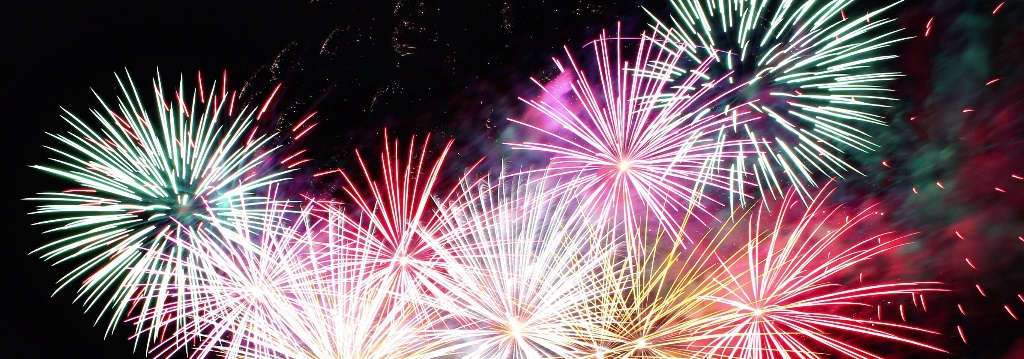Voulou (ʋoˈulou)
A ritual celebrating a Kana'ōnah transitioning into the male portion of their lifecycle.
Kana'ōnah who - for whatever reason - never married as women may petition to be accepted into an ʻeke ʻeke (bachelor's lodge), or request a significant male figure to perform the ritual with them. In this case, the ritual may be reduced to the undressing and redressing, courting the effigy, procession and feast.
Meaning
The voulou is assiciated with new life and opportunities and increased fertility, and marks the young man's adoption of nesting and childrearing responsibilities, and his husband's responsibility to train his spouse in courtship techniques, performing the wife-song, as well as any private family traditions regarding nest-building and egg-songs. The celebration is also a lighthearted recognition of the embarassment that comes of trying - and failing - to court a wife.Timing
A normal moult takes about four to six months, and a young man's voulou is observed a quarter-moon after the last piece of male plumage has grown in, allowing enough time for the discomfort to subside.Ritual composition
The ritual starts in the evening, around sunset, in a sheltered bay. Close family members arrive at the location by canoe or raft and create a platform by lashing their vessels together. They then decorate the platform with scattered flower petals and light it with torches. When the platform is ready, the participants call out to the young man and his husband, who sail over to join them. The family members stand in a circle around the participants as husband starts by singing a song or poem in the young man's honour. The young man is dressed in bridal attire - flower crown, mantle, and necklace - which the husband removes, and replaces with his own necklace of beads, comb carved of bone or shell, and claw rings. These items are usually heirlooms and represent the young man's transition to masculinity and becoming a new link in the family chain. The couple then dance their last courtship dance, with the young man at last turning away to court a seagrass effigy of his future wife, as the husband mirrors the young man's steps in the background. The effigy's inanimate disinterest represents the first of potentially many failed courtships the young man is expected to take in his stride. The dance processes around the floating platform until it returns to the start, whereupon the effigy is taken away and the young man and his husband - and as many grand-husbands as are still alive - preen each other, singing a multipart song that reaffirms their marriage vows and promises - under the eye of a familial, tribal, or tuletary deity - that they will take care of one other through this next stage of life. The effigy is disassembled and returned to the sea and the partcipants return to the shore for a celebratory meal.Kana'ōnah who - for whatever reason - never married as women may petition to be accepted into an ʻeke ʻeke (bachelor's lodge), or request a significant male figure to perform the ritual with them. In this case, the ritual may be reduced to the undressing and redressing, courting the effigy, procession and feast.
Primary Related Location
Remove these ads. Join the Worldbuilders Guild



Comments